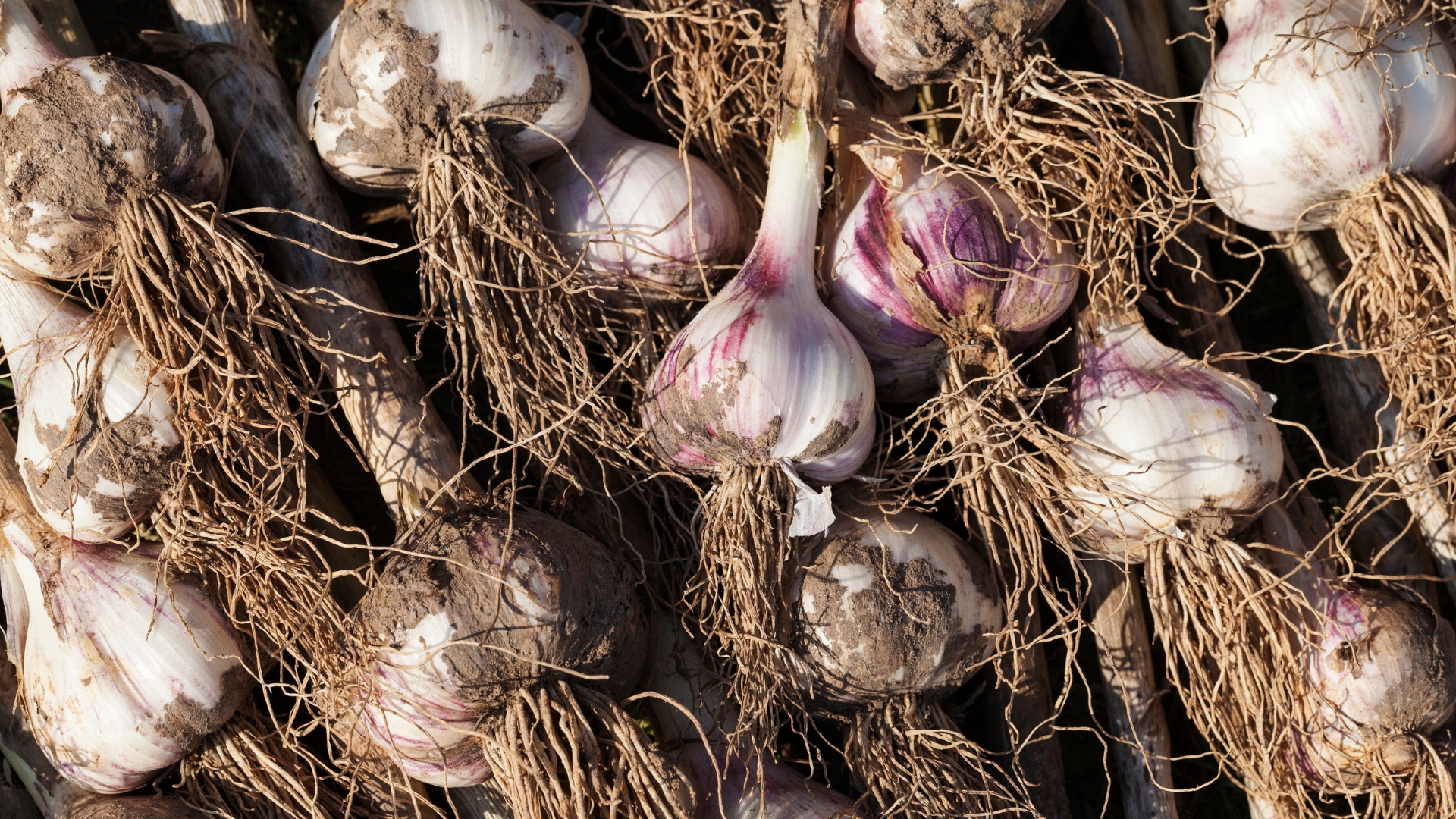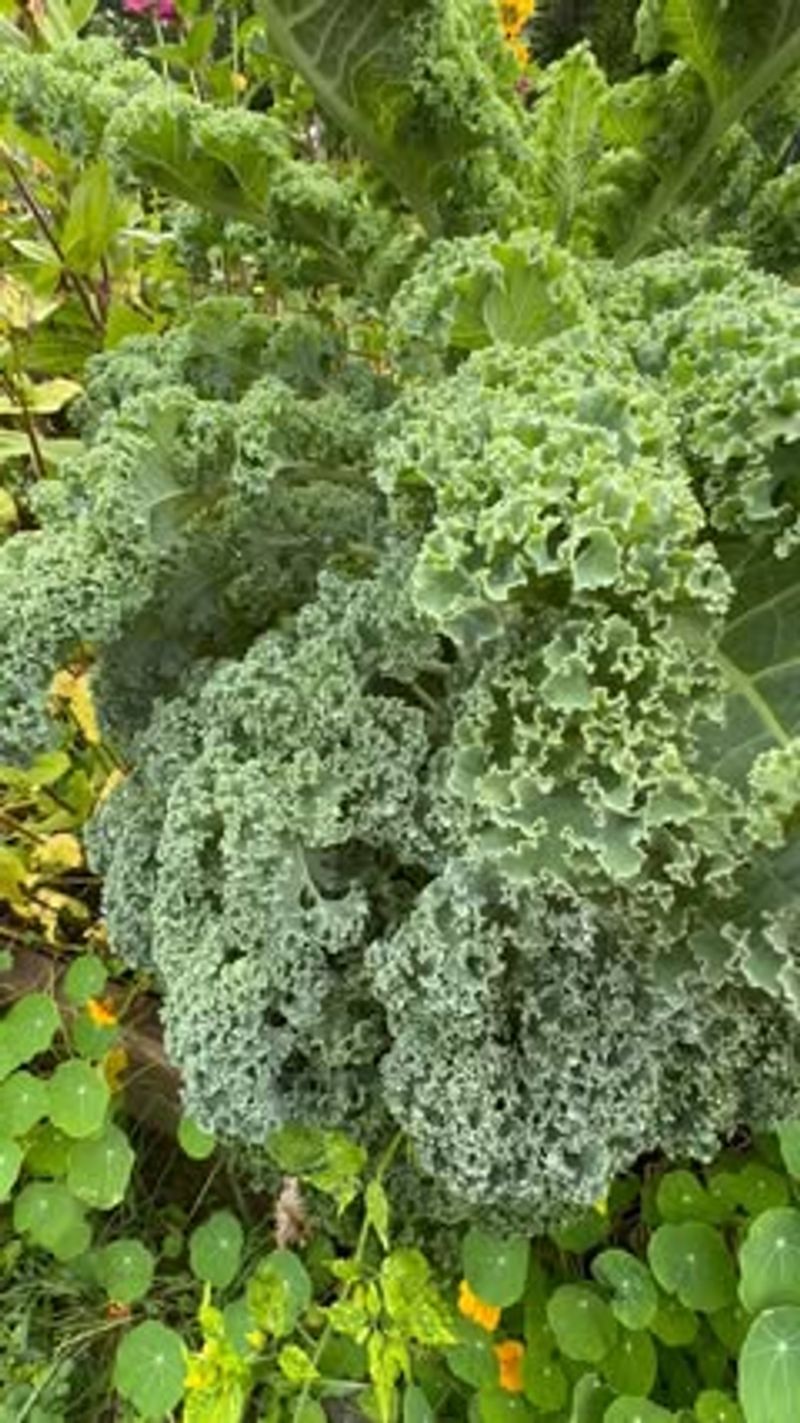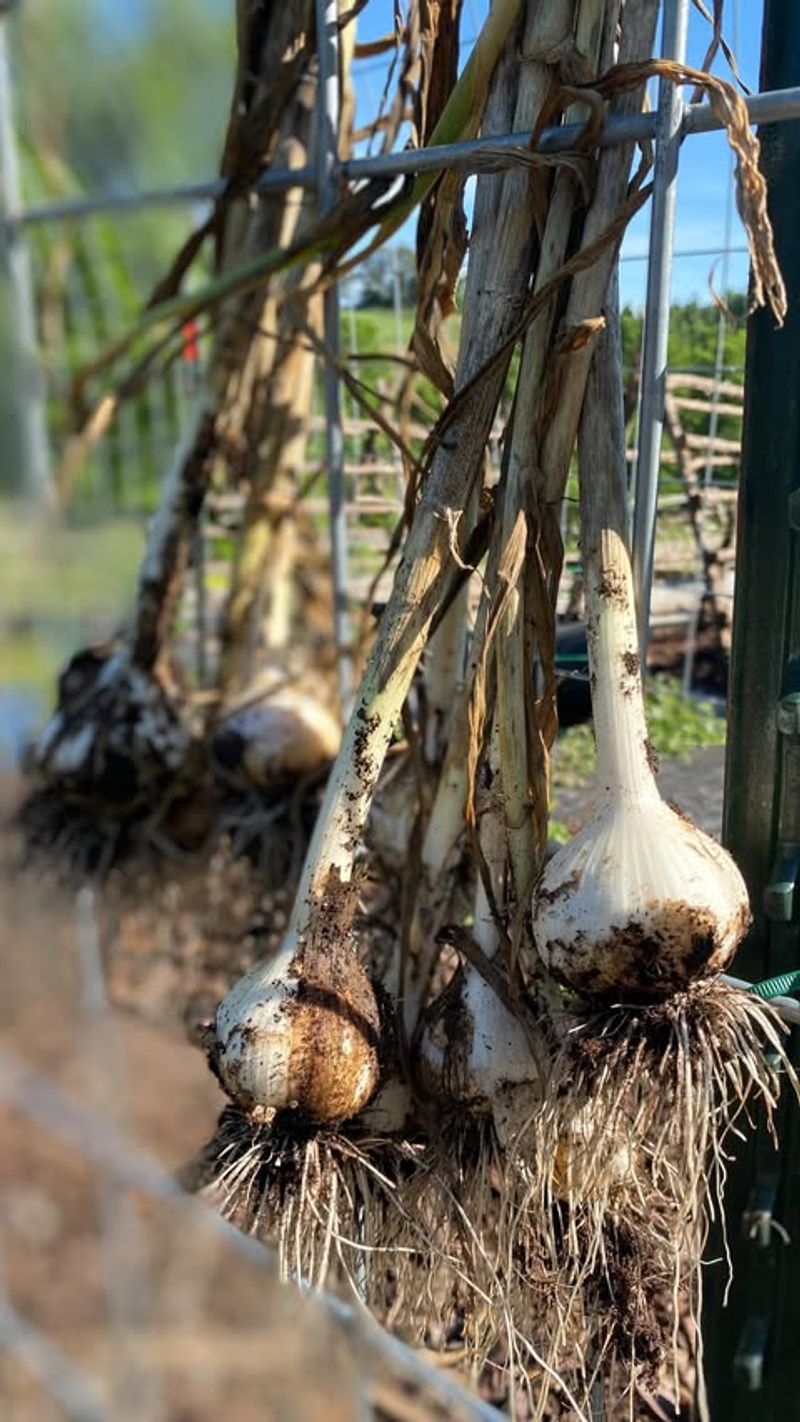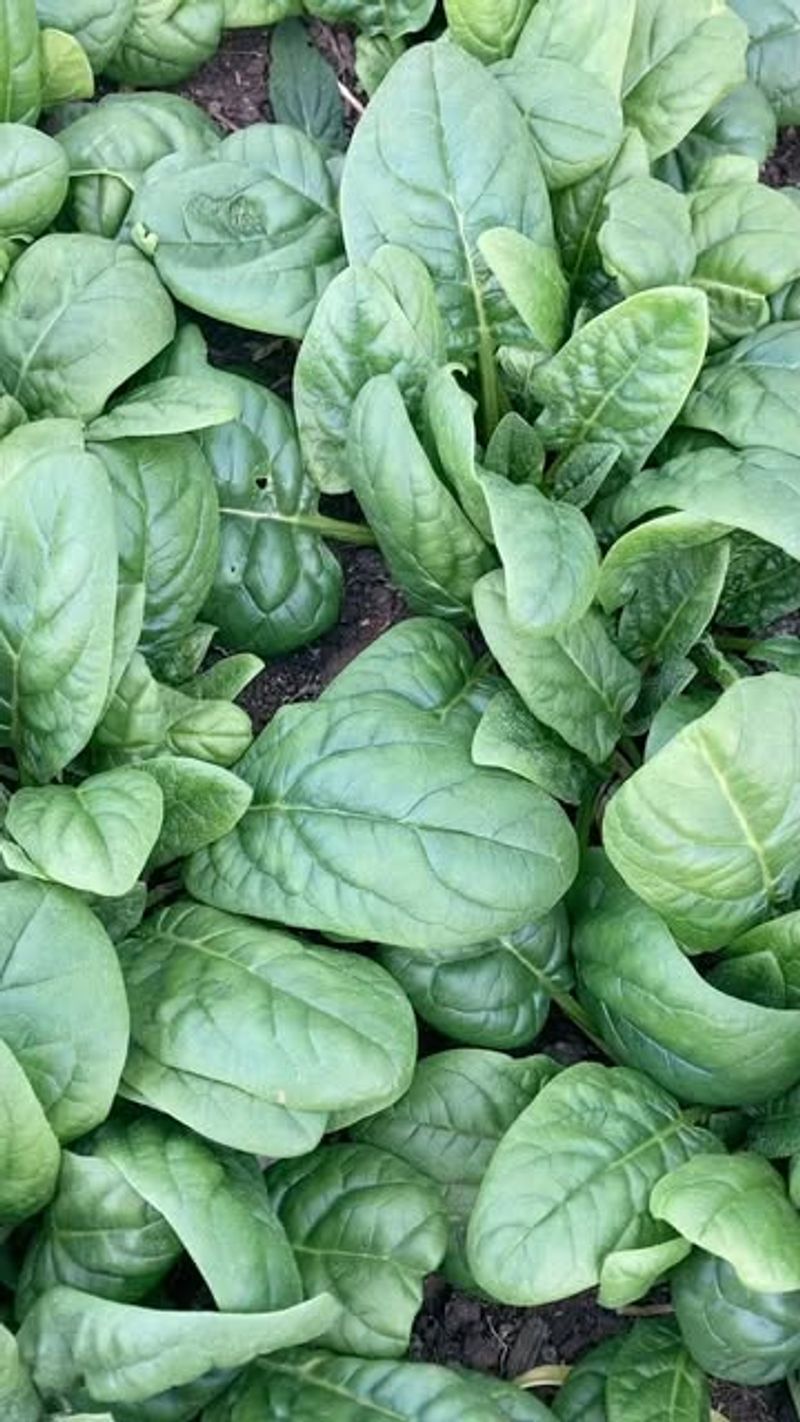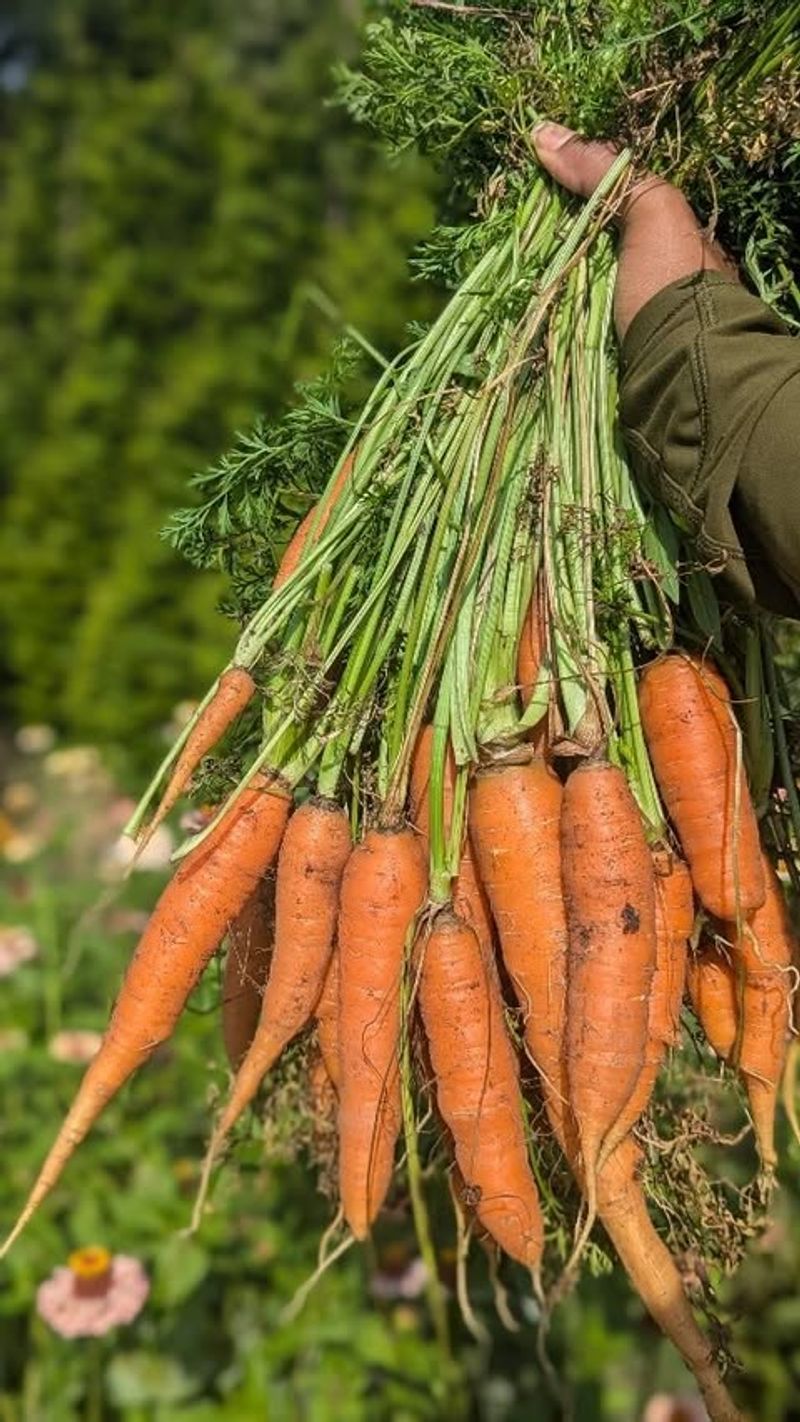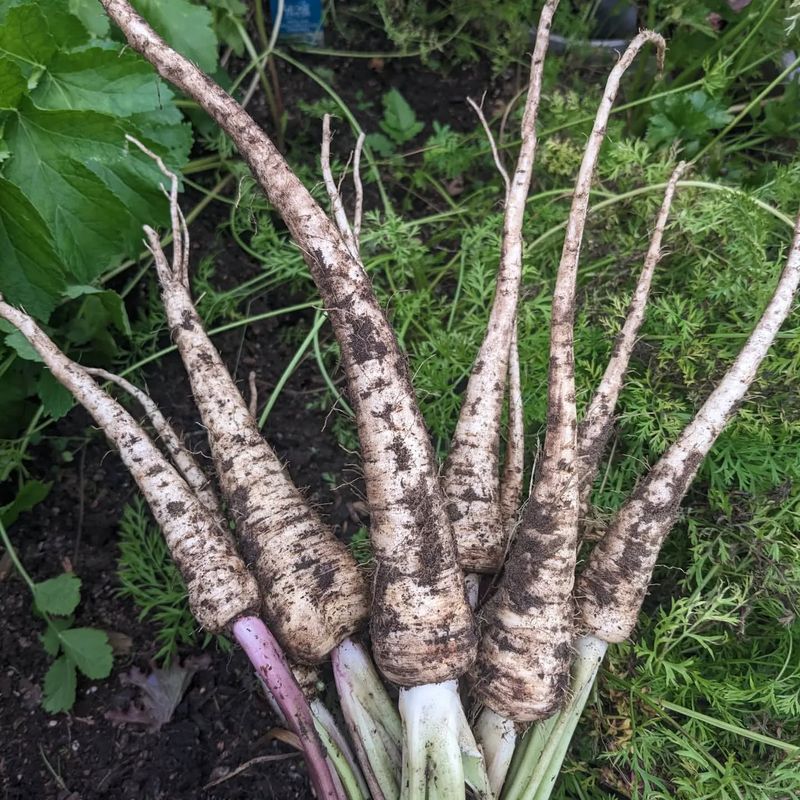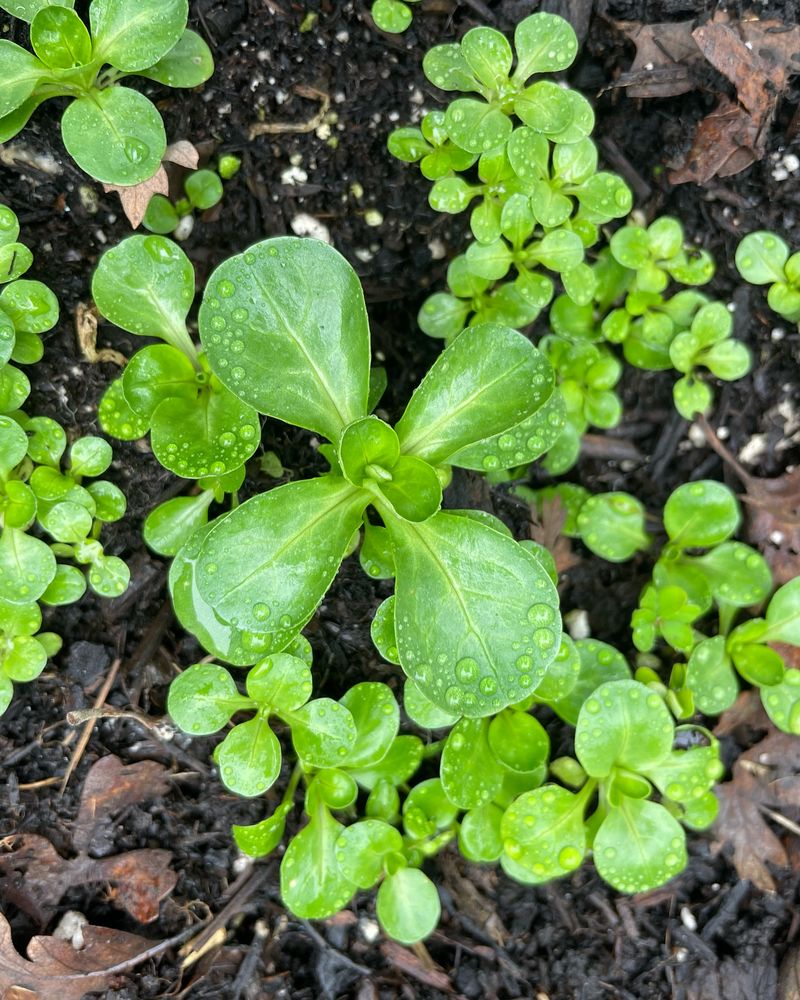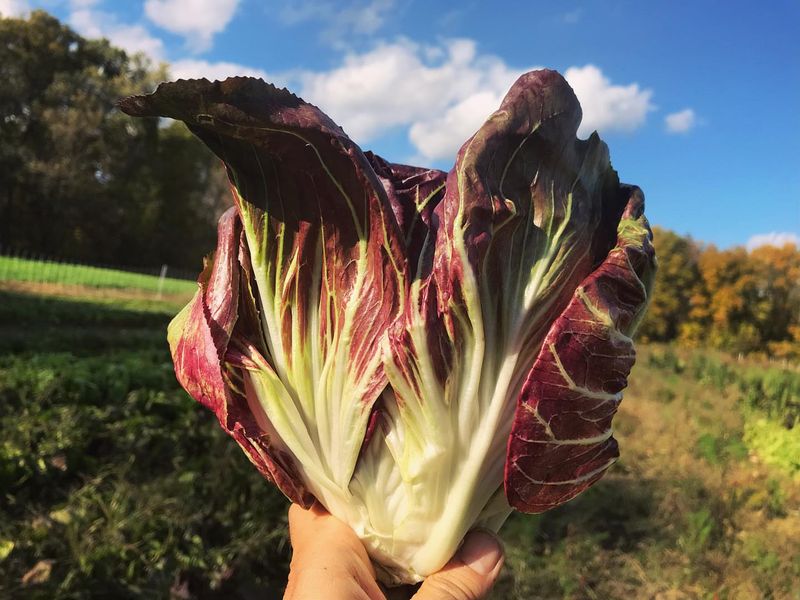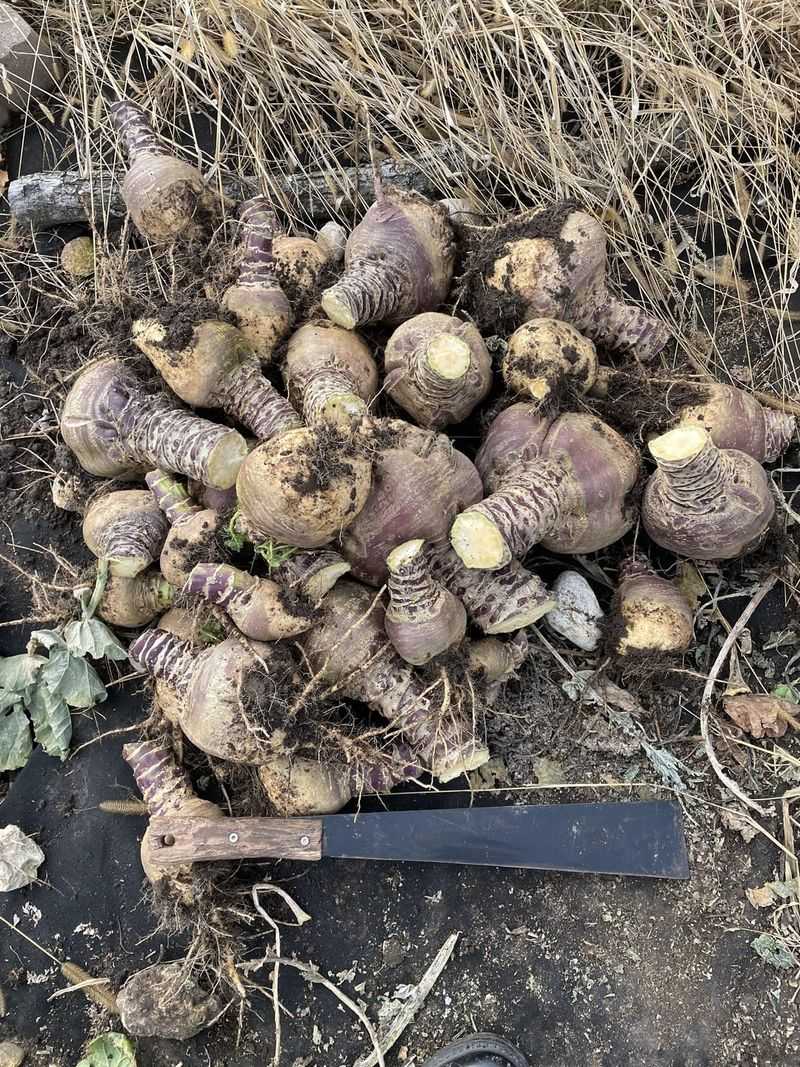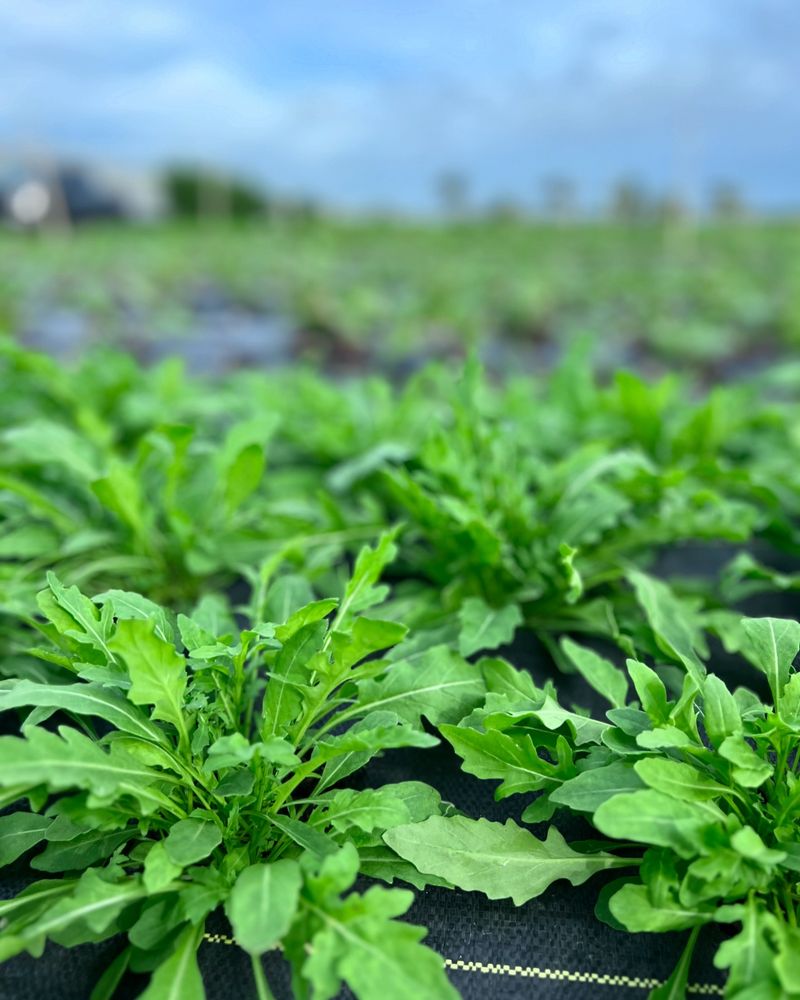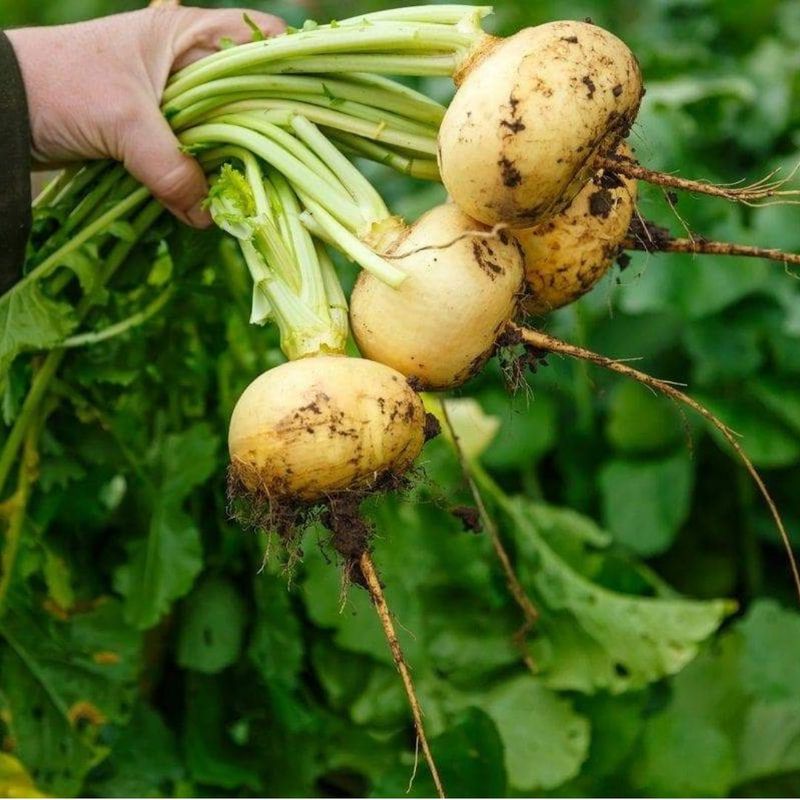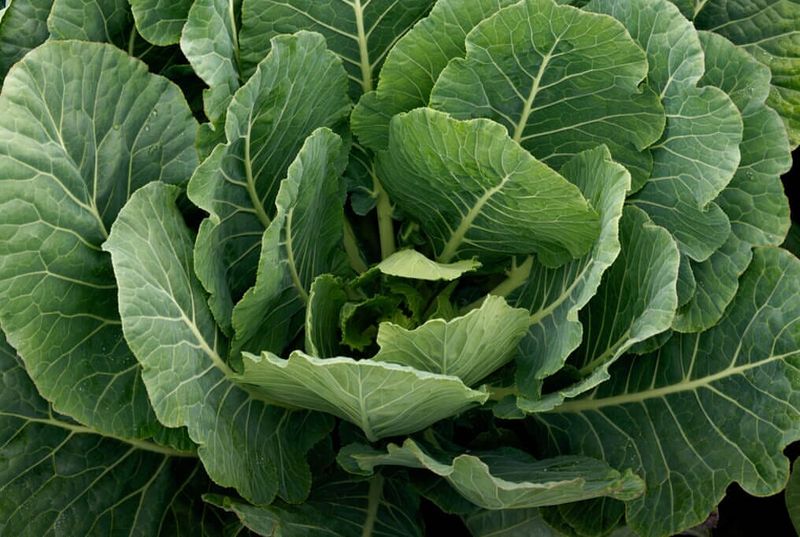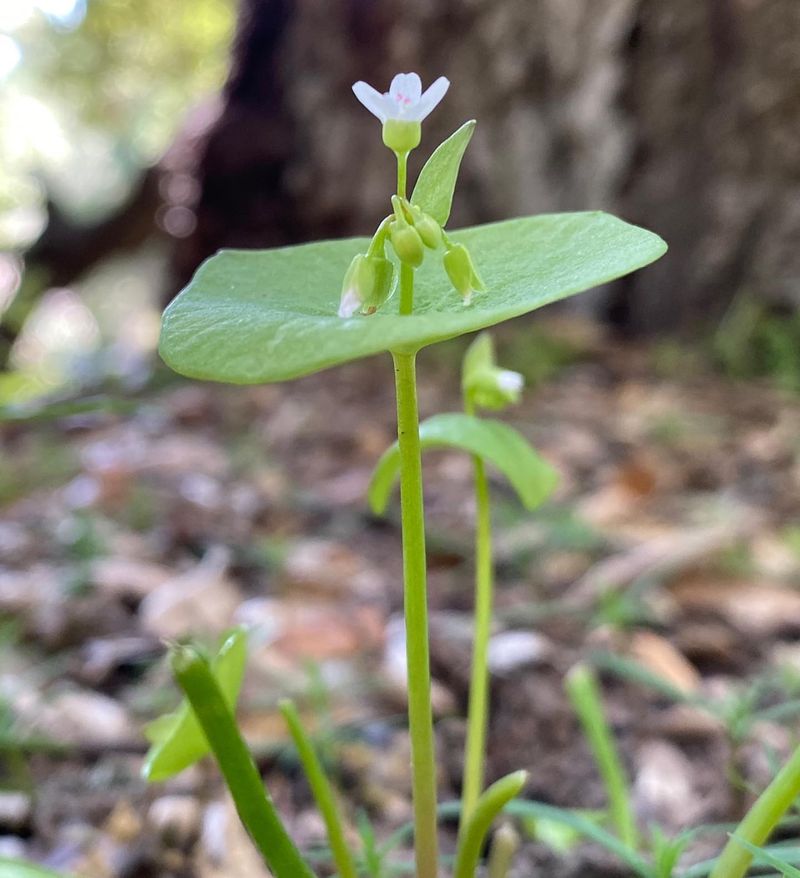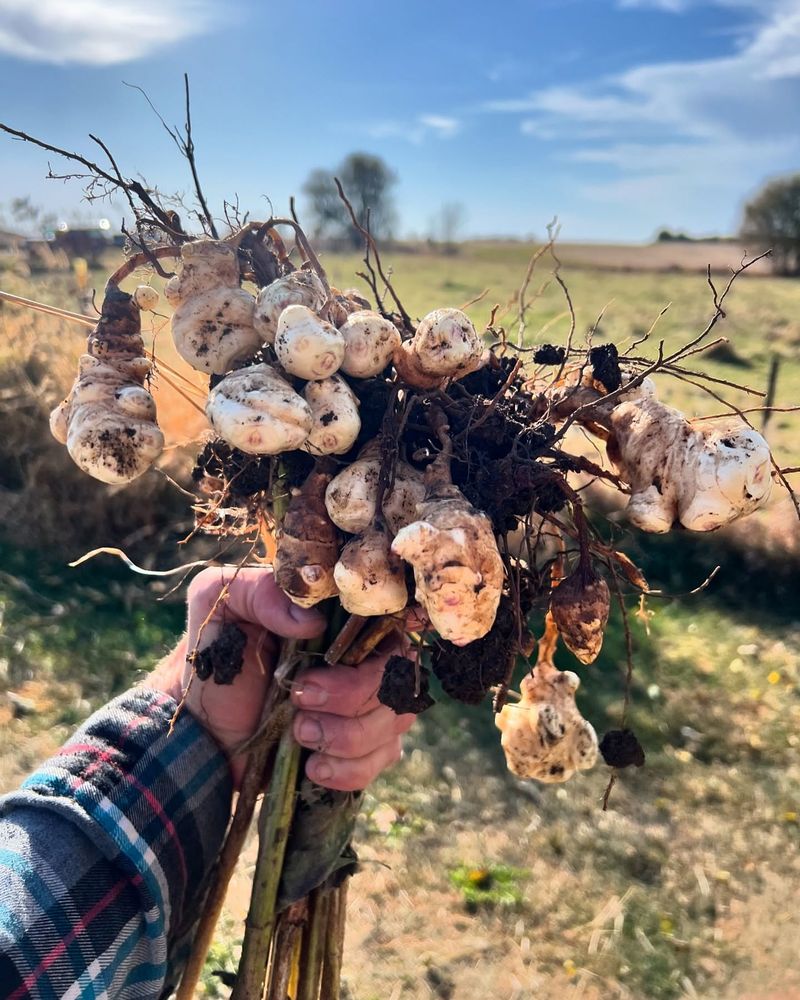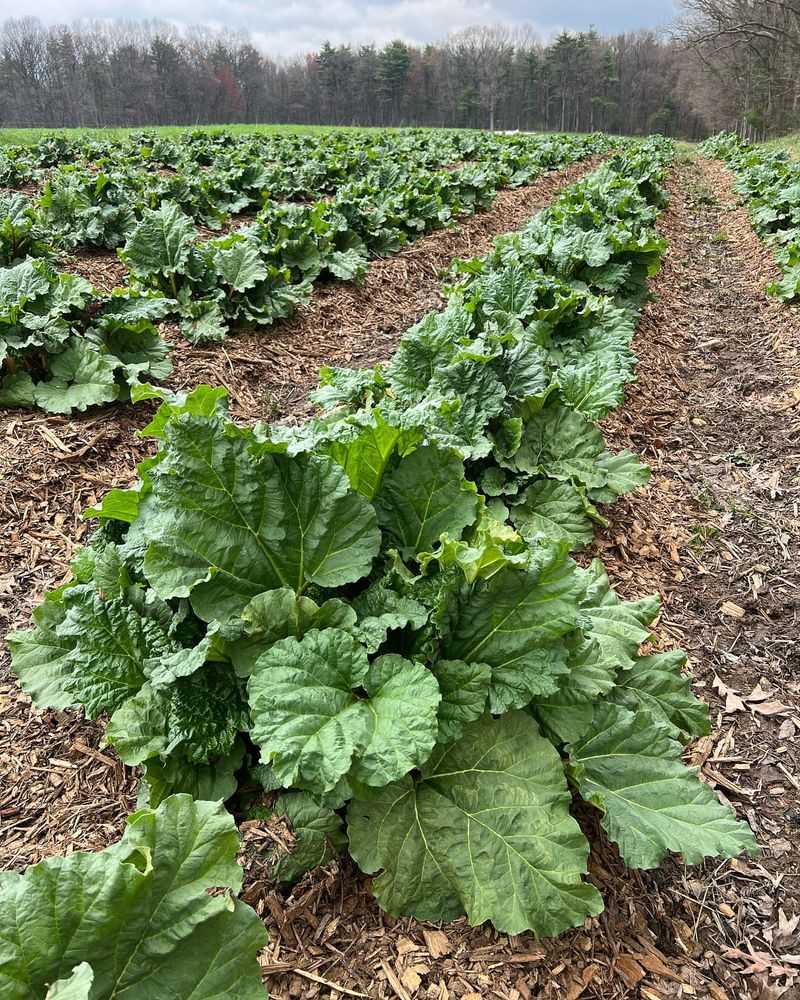Vermont’s chilly weather might make you think growing crops is a challenge, but some plants actually thrive in the cold. I’ve been surprised by how tough certain veggies are, standing strong when frost hits.
These cold-hardy crops let you stretch your growing season and enjoy fresh harvests well into the cooler months. They’re perfect for getting the most out of Vermont’s unique climate without extra fuss.
Let’s find out which crops can brave the cold and still deliver big on flavor!
1. Kale
Vermont gardeners love this leafy green that actually gets sweeter after frost hits. The cold temperatures convert starches to sugars, improving flavor dramatically.
Many varieties can withstand temperatures down to 10°F, making it perfect for fall planting in the Green Mountain State. Harvest leaves throughout winter for nutritious additions to soups and salads.
2. Garlic
Fall-planted garlic needs that cold Vermont winter to develop properly. The cloves establish roots before ground freezes, then go dormant until spring arrives.
Come warmer weather, they’ll shoot up quickly and provide delicious bulbs by mid-summer. Most hardneck varieties thrive in our northern climate, producing both edible scapes and flavorful bulbs.
3. Spinach
Hardy spinach varieties can survive Vermont winters with minimal protection. When covered with simple row covers or mulch, these plants often overwinter beautifully.
Early spring brings tender new growth before most gardens even begin planting. Some Vermont farmers report harvesting spinach in February during warm spells, making it one of the earliest fresh greens available.
4. Carrots
Left in the ground with proper mulching, carrots become nature’s candy in Vermont gardens. The cold converts starches to sugars, resulting in exceptionally sweet roots.
Many Vermont homesteaders insulate rows with straw and harvest throughout winter by brushing away snow. These cold-stored carrots often taste better than those kept in refrigerators.
5. Parsnips
Nothing compares to frost-kissed parsnips harvested from Vermont soil. These root vegetables actually require cold exposure to develop their distinctive sweet, nutty flavor.
Many experienced gardeners in the Northeast Kingdom deliberately leave parsnips in the ground all winter. The sweetest harvest often comes after the first spring thaw when sugars have fully developed.
6. Leeks
Standing tall through Vermont snowstorms, leeks remain harvestable even in freezing conditions. Their deep roots and sturdy structure help them withstand impressive cold.
Many Vermont chefs prize winter-harvested leeks for their concentrated flavor. With proper mulching around the base, these alliums can be harvested straight through January in milder years.
7. Brussels Sprouts
These mini cabbages improve dramatically after frost exposure in Vermont gardens. Cold temperatures trigger sugar production, transforming their flavor from bitter to sweet.
The sturdy stalks often remain standing through early winter storms. Many Vermont families traditionally harvest Brussels sprouts for Thanksgiving dinner directly from snow-dusted plants.
8. Mache
Also called corn salad, this lesser-known green thrives in Vermont’s cold seasons. The tender rosettes grow happily through fall and often self-seed for years.
Many Vermont market gardeners rely on mache for winter salad production. Its nutty flavor and soft texture make it a favorite for cold-season harvesting when lettuce has long since surrendered.
9. Radicchio
The vibrant purple heads of radicchio add color to Vermont’s winter landscape. This Italian chicory actually needs cold exposure to develop properly.
Many Northeast Kingdom growers report radicchio surviving temperatures well below freezing. The cold reduces bitterness and brings out sweeter notes in this striking vegetable that brightens winter meals.
10. Rutabagas
Vermont’s long winters are perfect for growing sweet, nutty rutabagas. These root vegetables store energy as sugar when temperatures drop, improving flavor dramatically.
Many old-time Vermont farmers tell stories of digging rutabagas all winter. With proper mulching, these nutritious roots remain harvestable even when the ground is partially frozen.
11. Arugula
Wild arugula varieties handle Vermont’s cold snaps surprisingly well. When other greens have given up, these spicy leaves often continue producing under light protection.
Many Burlington area gardeners enjoy fresh arugula harvests well into December. The cold weather actually improves flavor, making the leaves less bitter and more complex in taste.
12. Turnips
Quick-growing turnips thrive in Vermont’s short season and cold temperatures. Both roots and greens remain harvestable after light frosts have killed more tender vegetables.
Many Champlain Valley farmers plant late-summer turnips for fall and early winter harvests. The cold-sweetened roots provide fresh eating long after most gardens have been put to bed.
13. Collards
These southern greens surprisingly excel in Vermont’s northern climate. The leathery leaves stand up to frost and often improve in flavor after cold exposure.
Many Vermont homesteaders count on collards for winter greens. Plants can survive temperatures down to 10°F, often providing fresh harvests from under snow cover during January thaws.
14. Claytonia
Also called miner’s lettuce, this delicate-looking green defies Vermont winters with surprising strength. The small, succulent leaves continue growing even under snow cover.
Many Brattleboro area gardeners discover claytonia volunteering year after year. Its mild, slightly sweet flavor makes it perfect for winter salads when grown in cold frames or under simple row covers.
15. Sunchokes
These native sunflower relatives laugh at Vermont’s harshest winters. The knobby tubers remain safely underground, protected from even the deepest freezes.
Many indigenous gardeners throughout Vermont have grown sunchokes for generations. Harvest continues throughout winter whenever the ground thaws enough to dig, providing starchy nutrition during scarce months.
16. Rhubarb
Vermont’s favorite perennial vegetable needs serious cold to thrive properly. Rhubarb actually requires winter chill hours to produce vigorous spring growth.
Many Montpelier gardeners report rhubarb patches surviving for decades despite brutal winters. The crown remains dormant under snow, then explodes with growth during the first warm days, often providing the earliest garden harvest.

